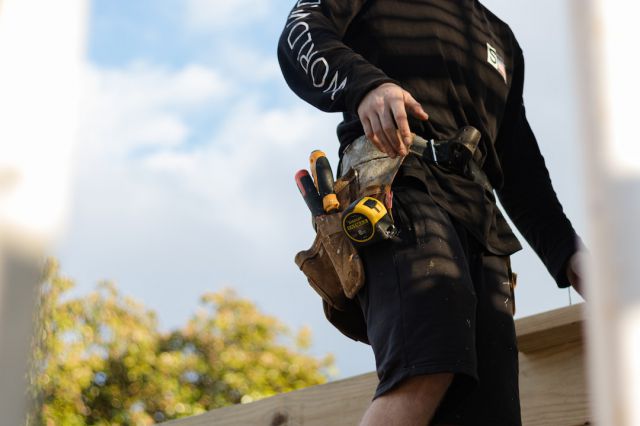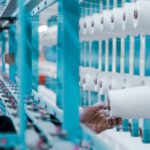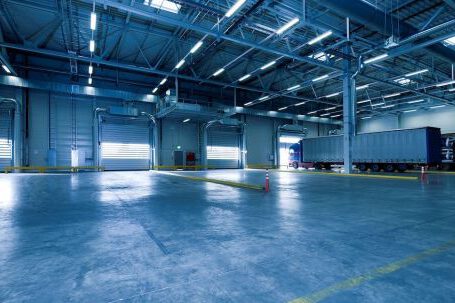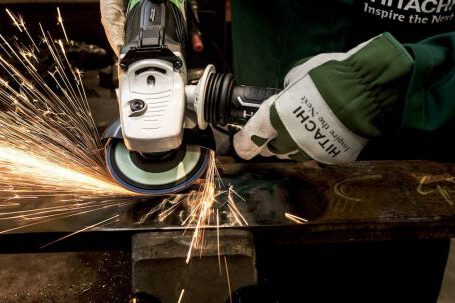The construction industry is one of the most hazardous work environments, with workers often exposed to extreme weather conditions and hazardous materials. For this reason, it is essential that workers wear safety gear that can protect them from potential hazards. High-quality safety jackets are an important component of any construction worker’s safety gear, as they provide workers with the protection they need to stay safe on the job.
Types of Safety Jackets
Safety jackets come in a variety of styles and materials, making them suitable for a range of construction applications. Some of the most popular types of safety jackets include:
- Hi-visibility jackets, which are designed to be highly visible in low light conditions.
- Weatherproof jackets, which are designed to protect workers from the elements.
- Flame-resistant jackets, which are designed to protect workers from high temperatures and flames.
- Chemical-resistant jackets, which are designed to protect workers from hazardous chemicals.
- Protective jackets, which are designed to protect workers from hazards such as falling objects and sharp edges.
In addition to the above, safety jackets may also be designed to provide a range of other features, such as breathability, comfort, and increased safety features.
Benefits of Safety Jackets
Safety jackets are an essential part of any construction worker’s safety gear, as they provide workers with the protection they need to stay safe on the job. High-quality safety jackets offer a range of benefits, including:
- Protection from the elements. Safety jackets can protect workers from extreme weather conditions, such as high temperatures, cold weather, and rain.
- Protection from hazardous materials. Safety jackets can protect workers from hazardous chemicals, such as solvents, paints, and lubricants.
- Enhanced visibility. Hi-visibility jackets are designed to be highly visible in low light conditions, making it easier for workers to be seen on the job.
- Increased comfort. Safety jackets are designed to be comfortable to wear, reducing the risk of strain and fatigue.
- Increased safety features. Many safety jackets are designed with additional safety features, such as reflective strips, pockets, and hoods.
Features to Look for in a High-Quality Safety Jacket
When shopping for a high-quality safety jacket, it is important to consider a range of features to ensure the jacket is suitable for the job at hand. Some of the features to look for in a high-quality safety jacket include:
- High-visibility fabric. Hi-visibility fabric is designed to be highly visible in low light conditions, making it easier for workers to be seen on the job.
- Weatherproof materials. Weatherproof materials are designed to protect workers from the elements, such as rain and wind.
- Flame-resistant materials. Flame-resistant materials are designed to protect workers from high temperatures and flames.
- Chemical-resistant materials. Chemical-resistant materials are designed to protect workers from hazardous chemicals, such as solvents, paints, and lubricants.
- Protective features. Look for jackets with additional protective features, such as reflective strips, pockets, and hoods.
- Comfort features. Look for jackets with features that enhance comfort, such as adjustable arms and adjustable waistbands.
- Durability. Look for jackets that are designed to be durable, as they will need to be able to withstand the rigours of a construction environment.
Conclusion
High-quality safety jackets are an essential part of any construction worker’s safety gear, as they provide workers with the protection they need to stay safe on the job. When shopping for a safety jacket, it is important to consider a range of features to ensure the jacket is suitable for the job at hand, including hi-visibility fabric, weatherproof materials, flame-resistant materials, chemical-resistant materials, protective features, comfort features, and durability.






